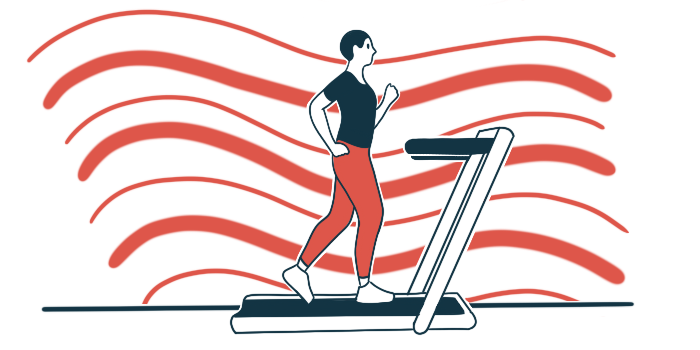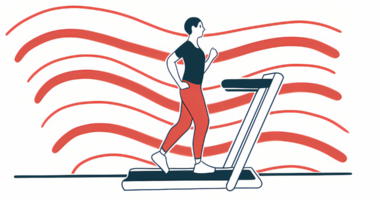Scientists propose step-by-step approach for MS exercise research
Data suggests exercise can improve cognition, mobility

Understanding how exercise benefits people with multiple sclerosis (MS) is the aim of a trio of U.S. scientists who has published a new framework to help guide research into the subject.
“Our objective is guiding the field toward evidence that facilitates the prescription and promotion of [exercise training] as a neurorestorative approach within MS clinical practice,” the researchers wrote in “Focusing on neural mechanisms of exercise training benefits in multiple sclerosis,” which was published in Multiple Sclerosis and Related Disorders.
In MS, inflammation causes damage to the brain and spinal cord, collectively, the central nervous system, or CNS. Inflammatory damage to the CNS disrupts normal nerve signaling, ultimately resulting in the disorder’s symptoms.
Exercise is considered a crucial part of care for MS, and there’s a fair amount of data that indicates exercise can be beneficial for MS patients, improving their cognition and mobility.
Since mobility and cognition are regulated by the CNS, however, it’s been suggested that changes in them may reflect CNS adaptations that could be visualized with specific imaging technologies.
Four steps to understanding exercise in MS
While efforts have been made to understand the brain connections that mediate the impact of exercise in MS, very little is known about how different types of exercise affect the biology of the CNS and how these biological changes may play a role in the disease.
If these specific mechanisms were better understood, they could aid the design of specific exercise regimens that could be tailored to reduce MS disease activity, the researchers propose.
“By understanding how exercise affects CNS function in MS, we can design and optimize interventions that improve mobility, cognition, and quality of life,” lead author Brian M. Sandroff, PhD, co-author of the study at the Kessler Foundation, said in a press release.
To help facilitate this research, the scientists proposed a four-step process. The first is to identify CNS mechanisms that can be modulated via exercise and the second step is to identify imaging outcomes that correlate or predict changes in those CNS mechanisms.
The goal is to find “correlations among structural or functional neuroimaging measures with mobility and cognitive outcomes in persons with MS or longitudinal research on neuroimaging outcomes [that may serve] as predictors of worsening function over time,” the researchers wrote.
The third step is to design interventions aimed at changing those CNS mechanisms, and the final step is to test those interventions in well-designed clinical trials and determine if the exercise can indeed influence the desired outcome of cognition or mobility, for example, by changing the proposed CNS mechanism.
“Adopting this framework and collaborating across disciplines fosters communication between basic research and clinical applications, helping practitioners translate findings into real-world therapeutic interventions,” Sandroff said. “This systematic approach will increase our progress toward evidence-based protocols, ultimately enhancing exercise rehabilitation outcomes for people with MS.”







